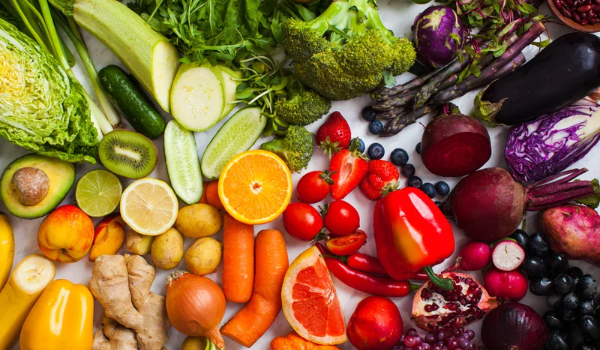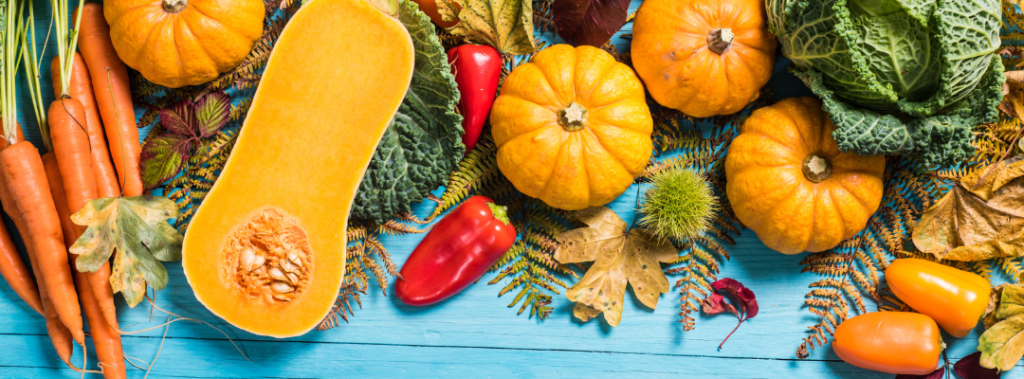
Guide To Shipping Fresh Produce
We all depend on the cold supply chain for our medicine, foods, and other goods. The process begins on a farm, where food is harvested and prepared for packaging. The food is then loaded onto trucks or containers and transported to cold storage facilities. Follow along for our guide on shipping fresh produce.
In these facilities, the food is typically stored at a temperature of 0-4°C/32-40°F to maintain freshness and extend shelf-life. From there, it’s shipped to distribution centers, sorted, and packed for delivery to supermarkets and other retail outlets. At the retail outlets, the food is stored in refrigerated areas and displayed in temperature sensitive cases.
Finally, the food is purchased by end users, who take it home for consumption. Throughout this entire process, careful temperature control is essential to ensure the food stays safe and fresh.
Safe Selection
The first step in our guide to shipping fresh produce is selecting and examining the fruits and vegetables to select which ones are sturdy enough to endure shipping. Shipping produce that looks perfect, free from damage and bruising, and that is under-ripe is then selected for transport over long distances using frozen gel packs, and sometimes dry ice, to prevent spoilage.
Packaging
Transporters must then decide on proper packaging for the journey. Fruits with thick rinds such as apples, oranges, and pears can endure long-distance transport, as they possess enough durability. Contrarily, plums and peaches, which have softer skins, must be carefully wrapped and handled with extra caution.
When picking packaging for shipment, transporters need to keep in mind the conditions that could harm the produce, such as temperature fluctuations. For instance, watermelons are transported in insulated foam trays, tomatoes, onions, and cucumbers are put in wooden or plastic crates and packets, and cauliflower is usually put in plastic bags. On the other hand, sturdier fruits like bananas are stacked in bunches, while pineapples are set in rows with their leaves facing up.
Once the produce is chosen and wrapped, it can then be filled and sent. Vendors must be mindful of what they are dispatching, since some fruits cannot be shipped together. All fruits emit a harmless gas identified as ethylene after being gathered, and every fruit releases the gas at varying amounts. This gas makes some fruits such as tomatoes and peppers spoil more quickly, so they must be stored apart from fruits that give off the gas in vast amounts.
Shipping
When shipping items, transporters must factor in the global supply chain and temperature requirements. To avoid the transmission of potentially harmful bacteria and plants, many nations have implemented rules and regulations that vary depending on the destination.
There are three main shipping service options for transporting fruits over long distances including:
Air: The most expensive method, but necessary when the produce you are shipping has a short shelf life before spoiling.
Land: Ideal for transporting products between several days.
Sea: Slower and more economical. Perfect for goods with a longer shelf life.
Challenges while transporting produce
Surveys conducted by the Logistics Bureau have discovered that a remarkable 33% of food is either discarded or not consumed. Furthermore, fresh produce spends roughly half of its lifespan in the transfer process. This food wastage is mainly attributed to the spoilage of produce during transit, as well as the damage sustained by fruits and vegetables that prevents them from being sellable.
Fruits such as oranges, grapes, and cherries should be stored in a chilled environment with a high relative humidity, while items like garlic and onions should be kept in the same type of environment but with a lower humidity level as too much moisture can be damaging.
Certain fruits like bananas, avocados, and mangos can be adversely affected by cold temperatures, so it is important to maintain a moderate climate of 13 to 15 degrees Celsius and a relative humidity between 85% and 90% in order to protect them.
Maintaining the correct temperature range throughout the food supply chain is a difficult task, but if proper monitoring and tracking is done, it can help guarantee that the food we purchase will be safe for us to consume. Through the use of innovations such as data logging, we can now easily access the fruits and vegetables we consume on a daily basis.
Data logging allows users to keep track of the temperatures of the food from the time it leaves the farm until it reaches our supermarket shelves. This ensures that the food is stored and transported at the correct temperatures, so that it remains fresh and safe to eat.
Cold Chain Logistics
Consider shipping temperature controlled goods and produce using Ice Cold Gel Packs. Cold gel packs have less effect on the environment while ensuring your package arrives at the correct temperature. If you need better options for cold storage and shipping logistics, working with EVO Logistics offers ways to make logistics management a bit more hands-off for your business.
Not only do we store products but we deliver them as well. With a focus on fast and timely delivery along with GPS traceability, we work to provide consistent satisfaction to our customers. Interested in learning how to optimize your supply chain product or service? Reach out to our team today to see which of our logistics services best suits your supply chain model.
Cold Storage Warehouse In Los Angeles
Evo Logistics’ cold storage facility is over 32,000 square feet and consists of four separate coolers. This modern temperature controlled warehouse is able to monitor and store our customer’s temperature sensitive products.
We Provide The Following Handling Needs:
- Palletizing
- Re-Weighting
- Re-gelling
- Re-packaging
- Re-icing
- Dry Storage
- Cold Storage
- Cross-docking
- Quality Report Inspections



